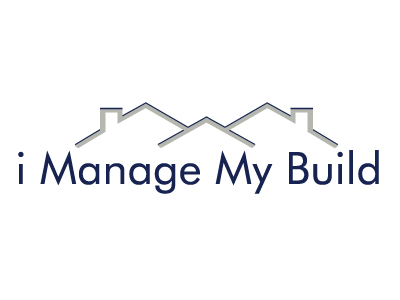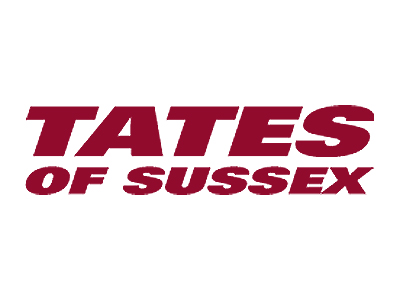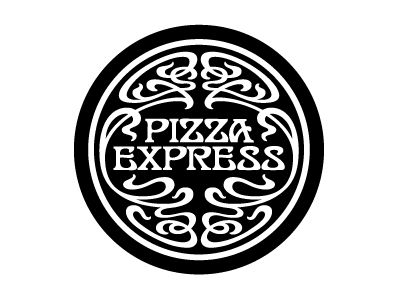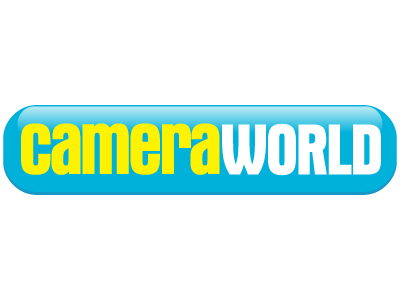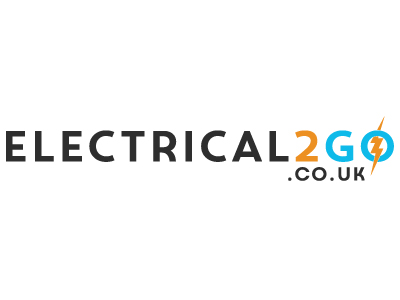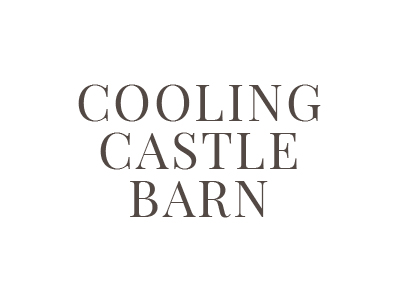It’s May and here at Diligence we’re talking about content migration; the moving of content from an existing platform (most likely a CMS) to a brand new one. You could liken this to a good old fashioned spring clean, digging through everything you have and making those cutting decisions about what to keep, what to replace and what just needs cleaning up.
However whilst you might be told that automated content migration is a fairly straightforward thing, (using pre-built scripts to transfer similar content types from one CMS to another), straightforward is not always the case. Without understanding it properly, budgets and project management timelines can be knocked out of place causing unnecessary and often unforeseen, problems further down the line.
Where you might need help
- Carrying over all of your existing content exactly as it is, will more than likely do your brand more harm than good. If it has not been touched for the last few years it's probably time for a refresh, you need it to be performing for your site and ultimately, your brand, as effectively as it can be.
- Before you even begin to think about migration you’ll need to create a content inventory; an extensive list of all the different types of content you have, who manages it and how this will look in the new system.
- Creating a testing plan really is important here, begin the process by migrating only a small ‘test’ section of your website’s content and identify any issues early on.
- Your new platform is exactly that, new, and it is unlikely that your current content will perfectly fit this unfamiliar information architecture first time round. It’s going to require some re-jigging to get it there.
- URL’s might also need to be carefully watched, as automated content migration can cause them to change slightly which could mean you have a whole load of redirect issues to deal with.
Here are a few Diligent ideas on how you can get a seamless plan into place:
Plan early this will give you more time to uncover any questions or expectations that need to be addressed.
Assign tasks think carefully about who will be directly involved in the process and clearly assign tasks to those individuals.
Provide access ensure those who require access to particular systems are provided with it.
Content audit it is at this point that areas such as SEO and any responsive structures can be scrutinised for improvement.
Media check resolution sizes of images and bandwidth elements of videos or podcasts can cause problems if not addressed
New structure It is important at this stage to include your backend developer into the process, to identify how the newly migrated content will look and whether any software changes will be required.
Tools identify any tools required to conduct the migration or even for the preparation of content
Testing have a strong testing process in place, you don't want to conduct a large scale migration only to find it hasn't worked properly.
How can we help?
Here at diligence we have years of experience in content migration and understand the difficulties that can arise if not managed effectively. To really get your site noticed by those who matter, our SEO team are ready and waiting to conduct a content quality analysis, ensuring meta tags are fresh and relevant for the eyes of those all important search engines, a task that can take a lot more time and skill than you might imagine. As part of our digital retainer offer to clients, we are able to identify any potential issues, construct a plan of action and make the whole process as smooth as possible. If you are thinking about migrating your content or even toying with the idea of upgrading to the new and improved Diligence CMS contact us today.




